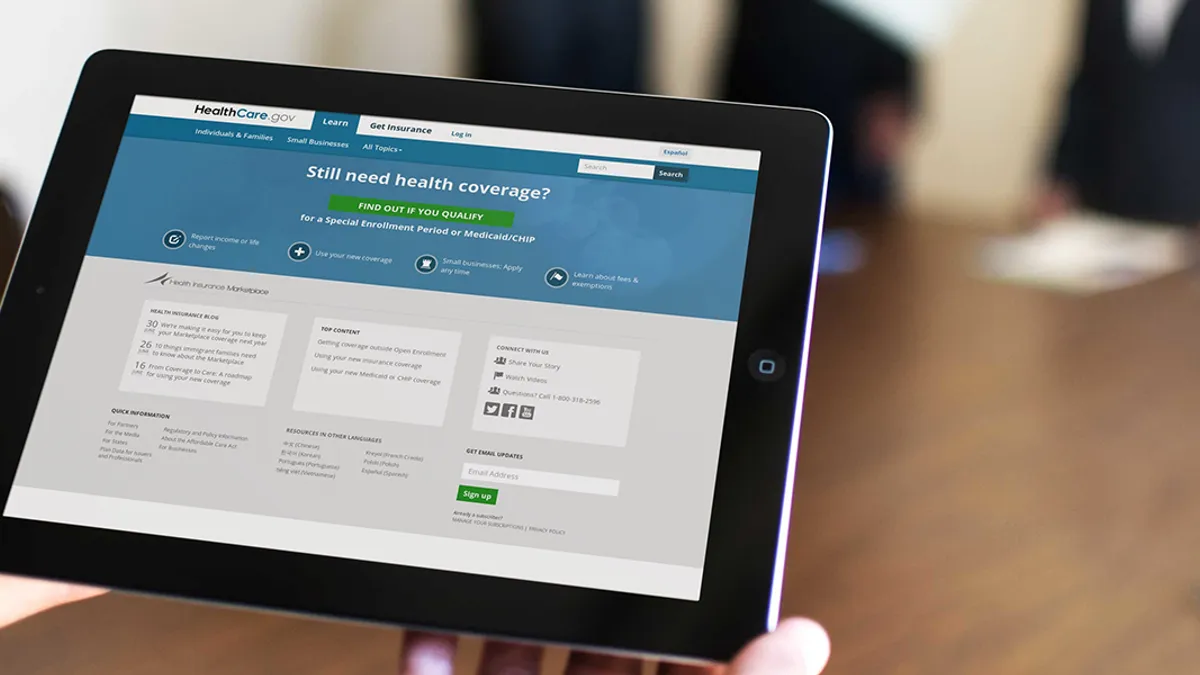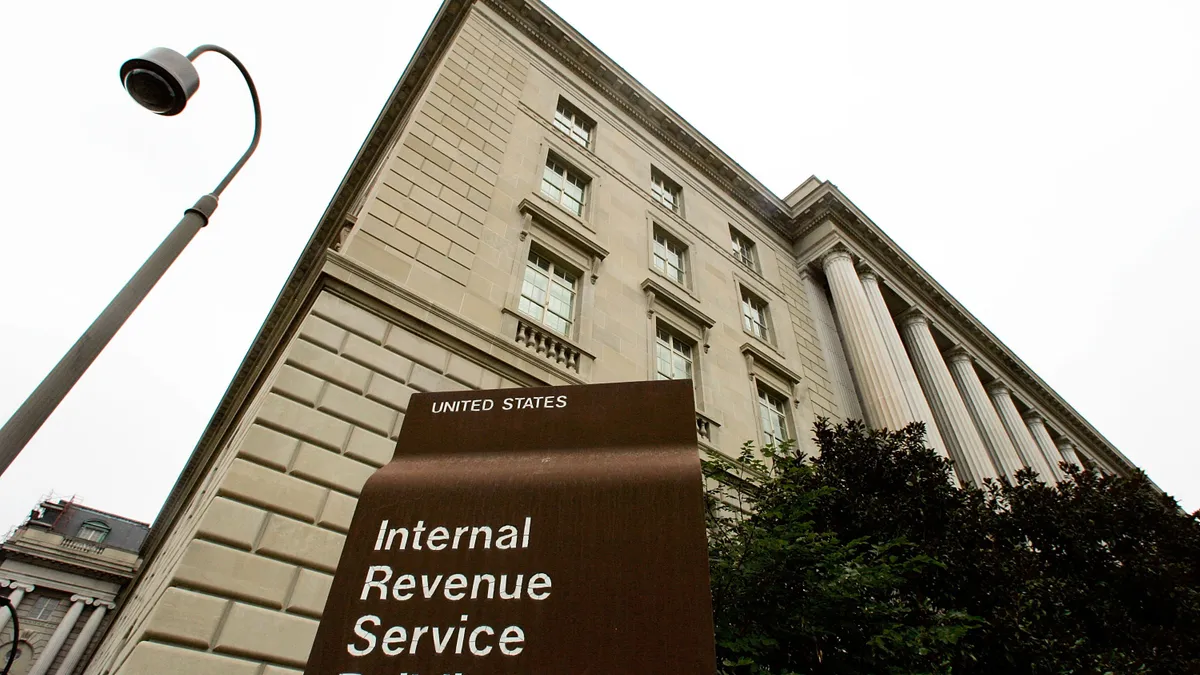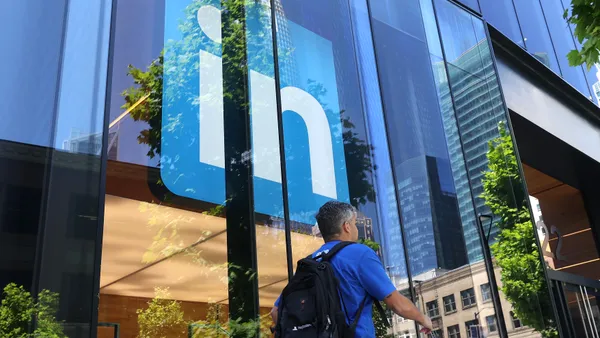Dive Brief:
- Employers currently face a number of challenges, including an evolving compliance landscape, new pressures to rein in costs, and ongoing retention issues emerging from job-hopping millennials, according to an article at HR.BLR.com.
- As a result, health care benefits technology has become an area of increasing importance for employers.
- As employers boost their investment in benefits technology, HR leaders may want to look at workplace benefits and related technology through the prism of the four "C's: Consumerism, Compliance, Cost and Culture, according to Gerry Leonard, president, ADP Benefits Services.
Dive Insight:
Employee Benefit News research confirms this trend, finding that 41% of benefits decision makers plan to increase their technology spending in 2015 in its Employee Benefit Advisor Technology Survey. In addition, the survey revealed that 45% of companies already increased their technology spending from 2013 to 2014.
Leonard offers his "4 C's" as a way to manage that trend. For example, so-called "consumer driven" healthcare (usually a high-deductible insurance plan), means the "benefits selection process needs to be clear and visually engaging, with decision support tools that provide insight into plan choices. Within benefits administration and all aspects of business, full HR integration can help create a user experience that’s more friendly and that engages employees in a consumer-like way," Leonard writes.
Leonard offers a more thorough look at the three other C's in his article, ending with the notion that a "truly integrated approach to the four C's enables employers to navigate the evolving regulatory landscape, control costs and engage employees. It also enables employers to turn their attention to their core business."













